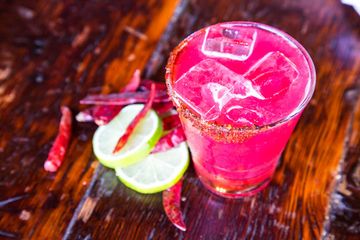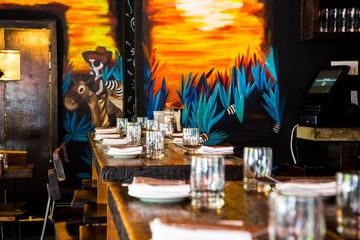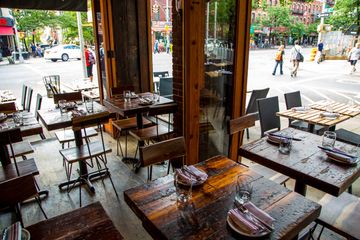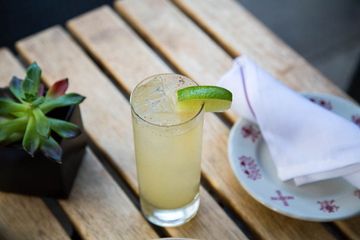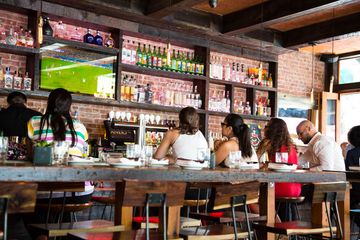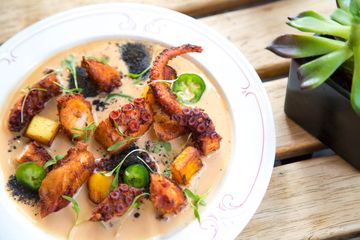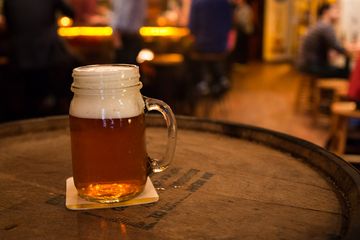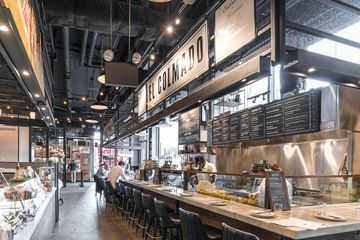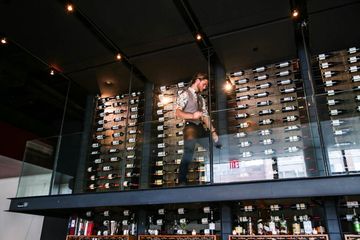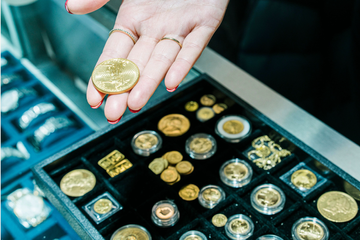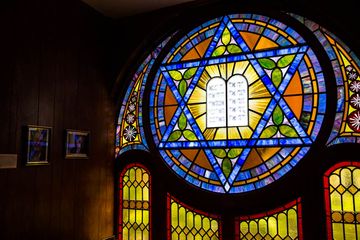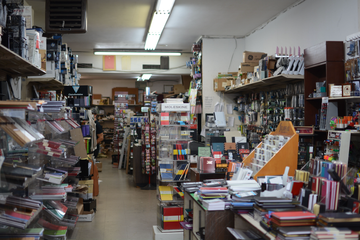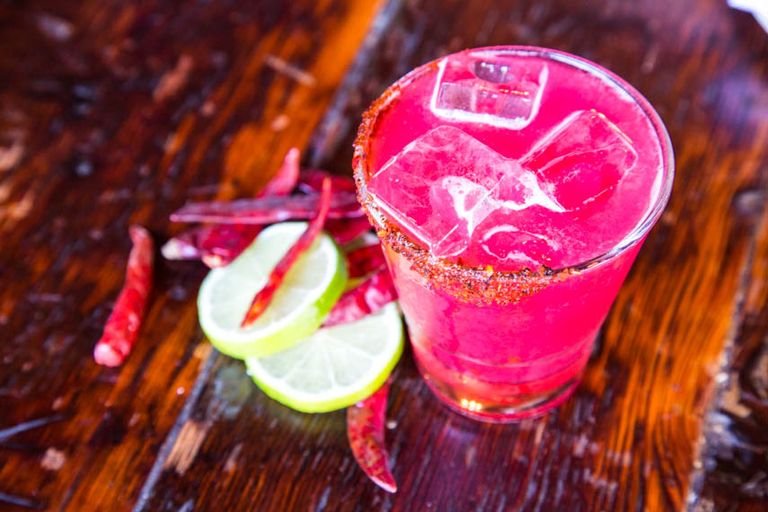
Añejo serves up dishes to be paired with one of the eighty different bottles of tequila and mezcal that embrace Mexican cuisine from a fresh perspective. While sipping one of their custom drinks, it was delightful to watch patrons engaging in conversation outdoors along 47th Street with the cheerful sounds of kids playing in the background.
As we sampled some of the small plates, we spoke with Ricky Camacho, the Chef de Cuisine. He explained to us that Añejo does not seek to be a traditional Mexican restaurant – instead, it aims to play upon those elements, ingredients, and components that are distinctly Mexican, making dishes that are new but feel familiar. "The menu is modern but approachable."
A bite of the Ahi Tuna Ceviche illustrated Ricky's point to Maria, a Manhattan Sideways team member. She explained to me that while ceviche is generally considered a Peruvian dish (the country that she is from), the flavors of the jalapeño and playful tang of the yuzu orange broth made it clear that this ceviche was in a league all its own. The flavors do not presume to be traditional nor is that the restaurant's goal; they are at once authentic but innovative.
Anejo's Executive Chef and former Top Chef contender, Angelo Sosa, has developed a great reputation since opening in 2012. Ricky was quite pleased to tell us that Angelo and four other Top Chef alumni served a four-course dinner at Añejo to raise money for Sandy relief. Angelo's fundraising efforts and resolve to help the victims of Hurricane Sandy shows how intertwined small businesses and the community they serve can be.

